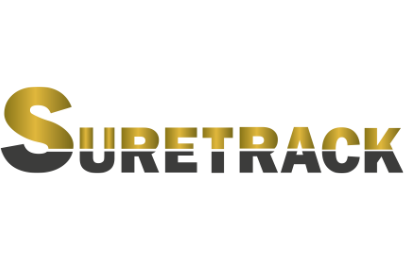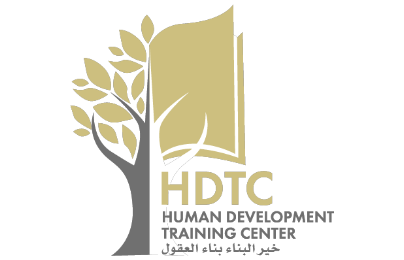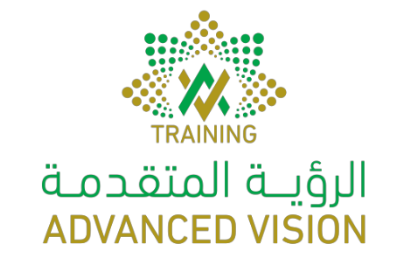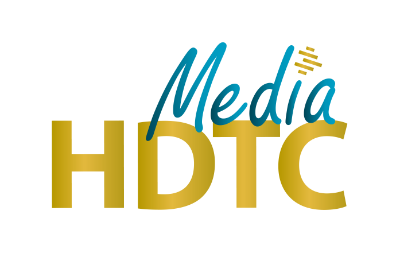
Practices and Strategies for Employee Engagement - Dubai 23 November 2025
: 56Introduction:
Employee engagement is no longer considered an issue exclusive to the Human Resources department — it has become a strategic challenge faced by modern organizations.
According to a report by Gallup International, only 29% of employees are actively engaged in their work, while 55% are disengaged, and 16% are completely unengaged. Gallup also estimated that disengaged employees cost the U.S. economy $470 billion annually.
As a result, employee engagement and retention have become top priorities for contemporary organizations seeking to enhance their competitiveness and achieve higher returns on investment.
This training program focuses on deepening participants’ understanding of employee engagement, designing effective surveys to measure engagement levels, and developing and implementing initiatives that strengthen employee involvement and interaction — ultimately leading to significant improvements in overall organizational performance.
Course Objectives:
By the end of this training program, participants will be able to:
- Recognize the value of employee engagement and its direct impact on organizational success.
- Apply engagement models (ABC) to understand expectations, behaviors, and outcomes.
- Design and implement an organizational culture that promotes engagement and interaction.
- Evaluate and monitor the impact of employee engagement on business performance.
- Develop effective HR practices to increase employee engagement levels.
- Identify, develop, and implement change initiatives that improve the work environment.
- Design and analyze employee engagement surveys to measure and enhance participation levels.
Scientific Themes:
Employee Engagement Status
- The current state of business environments.
- Time management for a changing workforce.
- What people want: employees’ desires vs. employers’ expectations.
- Definition and concept of employee engagement.
- The difference between job satisfaction and active engagement.
- The Gallup Q12 Index for measuring engagement levels.
- Business case analysis: Return on Investment (ROI) of employee engagement.
The Engagement Model (Expectations – Behaviors – Results)
- Understanding the reasons behind employee behaviors.
- The “Carrot and Stick” motivation model.
- The ABC Model for behavioral modification.
- Expectations at work and their importance for engagement.
- Factors that enhance performance outcomes.
- Outcomes that weaken engagement.
- Positive and negative reinforcement techniques.
- Organizational tools for communicating expectations.
Engagement Culture
- What truly matters to employees.
- Drivers and barriers of engagement.
- Spitzer’s Eight Desires for motivation and engagement.
- The Employee Engagement Framework:
- Mutual communication
- Trust in leadership
- Career development
- Role success
- Participation in decision-making
- Professional dialogue
- Employee meetings
- The role of organizational values in building a culture of engagement.
ROI of Employee Engagement
- Employee retention rates.
- Research data on engagement matrices.
- The break-even point for engagement and interaction.
- Calculating the Return on Investment (ROI) of engagement initiatives.
HR Practices to Enhance Engagement
- The war for talent and the cost of turnover.
- Building the employee brand: traits of an engaged employee.
- Factors that improve engagement levels.
- Organizational activities to promote engagement.
- Building high-performing teams to strengthen engagement.
Employee Engagement Initiatives
- The Chief Engagement Officer (CEO) and the leadership role in driving engagement.
- Leadership that inspires passion and commitment.
- The VOICE framework for employee engagement.
- Managing employee engagement events and initiatives.
- Best practice checklists for engagement strategies.
- Innovative ideas to foster interaction and motivation.
Employee Engagement Surveys
- Using four different types of surveys, not just one.
- A proposed framework for designing an effective engagement survey:
- Fairness
- Engagement and interaction
- Well-being
- Information flow
- Overall engagement level







